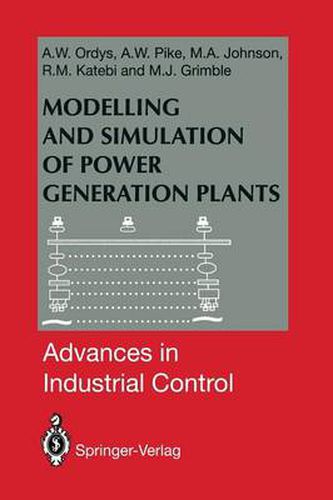Readings Newsletter
Become a Readings Member to make your shopping experience even easier.
Sign in or sign up for free!
You’re not far away from qualifying for FREE standard shipping within Australia
You’ve qualified for FREE standard shipping within Australia
The cart is loading…






This title is printed to order. This book may have been self-published. If so, we cannot guarantee the quality of the content. In the main most books will have gone through the editing process however some may not. We therefore suggest that you be aware of this before ordering this book. If in doubt check either the author or publisher’s details as we are unable to accept any returns unless they are faulty. Please contact us if you have any questions.
Many large-scale processes like refineries or power generation plant are constructed using the multi-vendor system and a main co-ordinating engineering contractor. With such a methodology. the key process units are installed complete with local proprietary control systems in place. Re-assessing the so called lower level control loop design or structure is becoming less feasible or desirable. Consequently, future comp~titive gains in large-scale industrial systems will arise from the closer and optimised global integration of the process sub-units. This is one of the inherent commercial themes which motivated the research reported in this monograph. To access the efficiency and feasibility of different large-scale system designs, the traditional tool has been the global steady-state analysis and energy balance. The process industries have many such tools encapsu lated as proprietary design software. However, to obtain a vital and critical insight into global process operation a dynamic model and simulation is necessary. Over the last decade, the whole state of the art in system simulation has irrevocably changed. The Graphical User Interface (G UI) and icon based simulation approach is now standard with hardware platforms becoming more and more powerful. This immediately opens the way to some new and advanced large-scale dynamic simulation developments. For example, click-together blocks from standard or specialised libraries of process units are perfectly feasible now.
$9.00 standard shipping within Australia
FREE standard shipping within Australia for orders over $100.00
Express & International shipping calculated at checkout
This title is printed to order. This book may have been self-published. If so, we cannot guarantee the quality of the content. In the main most books will have gone through the editing process however some may not. We therefore suggest that you be aware of this before ordering this book. If in doubt check either the author or publisher’s details as we are unable to accept any returns unless they are faulty. Please contact us if you have any questions.
Many large-scale processes like refineries or power generation plant are constructed using the multi-vendor system and a main co-ordinating engineering contractor. With such a methodology. the key process units are installed complete with local proprietary control systems in place. Re-assessing the so called lower level control loop design or structure is becoming less feasible or desirable. Consequently, future comp~titive gains in large-scale industrial systems will arise from the closer and optimised global integration of the process sub-units. This is one of the inherent commercial themes which motivated the research reported in this monograph. To access the efficiency and feasibility of different large-scale system designs, the traditional tool has been the global steady-state analysis and energy balance. The process industries have many such tools encapsu lated as proprietary design software. However, to obtain a vital and critical insight into global process operation a dynamic model and simulation is necessary. Over the last decade, the whole state of the art in system simulation has irrevocably changed. The Graphical User Interface (G UI) and icon based simulation approach is now standard with hardware platforms becoming more and more powerful. This immediately opens the way to some new and advanced large-scale dynamic simulation developments. For example, click-together blocks from standard or specialised libraries of process units are perfectly feasible now.